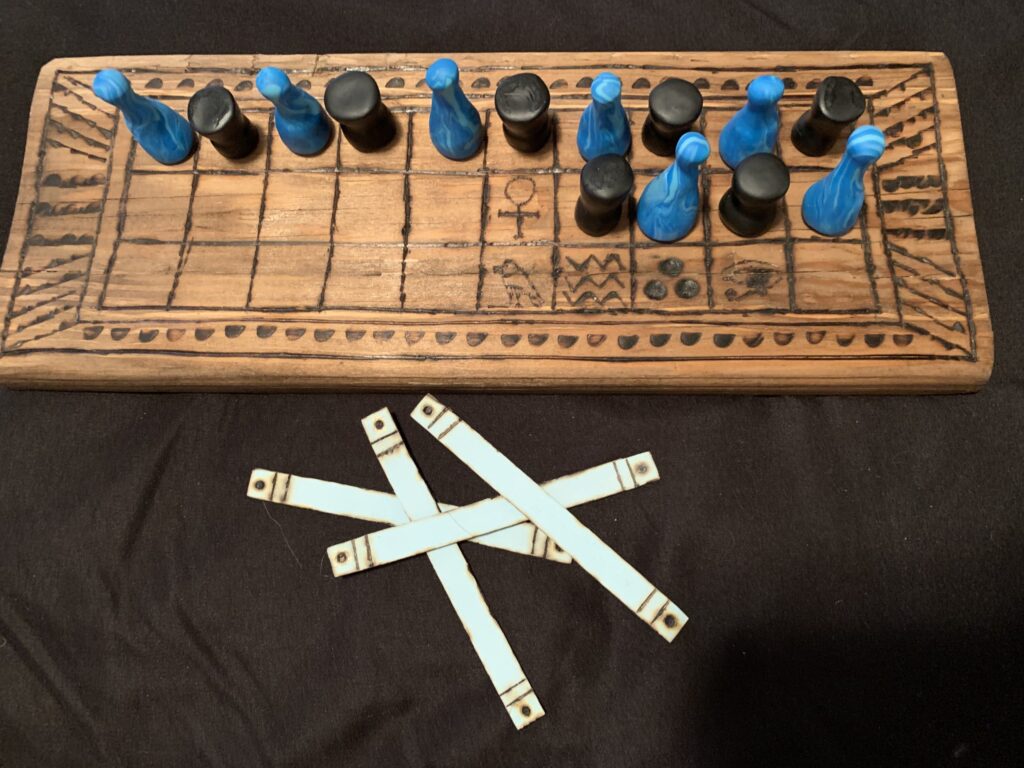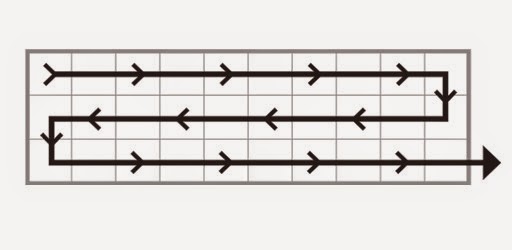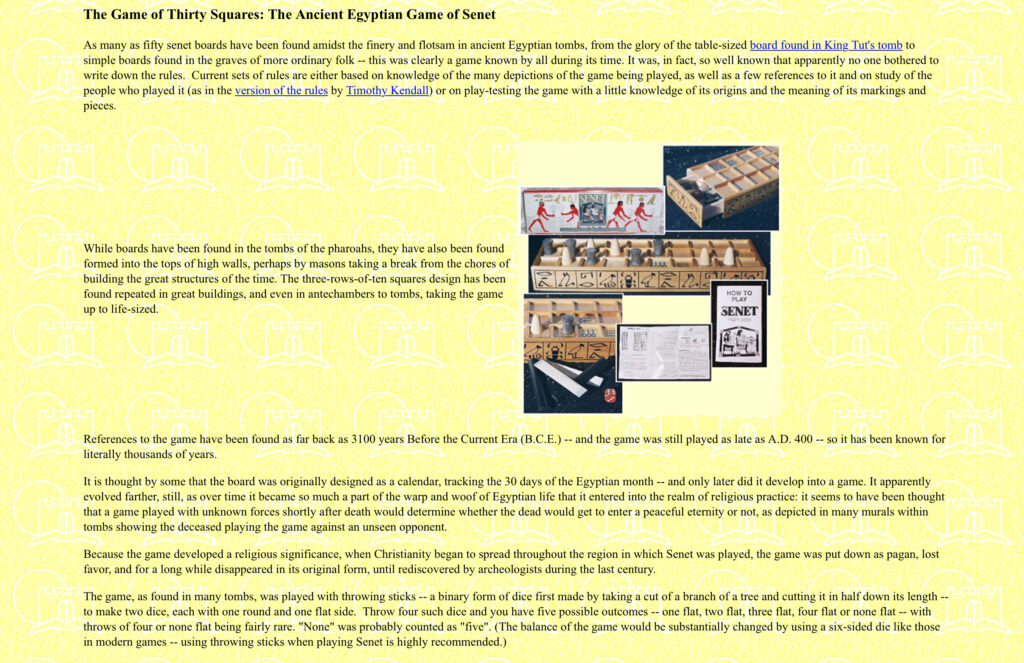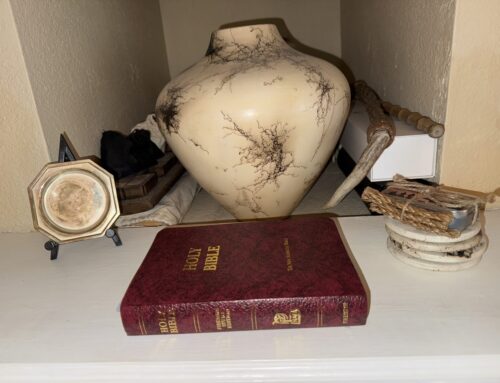
Ancient Games, Senet
Senet, originating from ancient Egypt, holds a significant place in the annals of gaming, representing one of the earliest board games known to humanity. Dating back to at least 3100 BCE, this game is prominently featured in Egyptian texts and hieroglyphs, demonstrating its widespread popularity across all societal strata, with players continuously refining its rules.
Consisting of a board placed atop a rectangular box, Senet featured etched spaces where players maneuvered their pieces, simulating beliefs regarding the afterlife in Egyptian culture. Some boards even boasted a storage drawer for pieces, adding a touch of practicality to this otherworldly pastime. Surviving versions of Senet, often adorned with intricate designs and vibrant colors, hint at diverse gameplay scenarios, leading archaeologists to speculate about the game’s nuances and the strategic maneuvers employed by its players. Yet, despite the wealth of physical evidence, the exact rules and mechanics of Senet remain shrouded in mystery, leaving historians to ponder its gameplay and the experiences of its ancient enthusiasts.
Senet is a race game dating back to ancient egyptian times, and it is thought that it may be the ancestor of modern day backgammon (Soubeyrand (1995)). We know of this game today due to discoveries made through the excavation of ancient tombs.
The original rules of Senet (The Game of Passing) are unknown. There are no records of the rules ever having been discovered, however many have attempted to reconstruct the rules using knowledge gathered through excavations in which images have been found on ancient tomb walls, as well as through Senet related artifacts. Two of the most well known versions of the games rules have been created by T. Kendall and RC Bell.
In this version of Senet the rules known as Kendall’s rules will be used, which are the work of Timothy Kendall (1978). The rules state that the game is played on a rectangular board with with three rows of ten squares called “houses”, as shown in Figure 1.
Fig 1.

At the beginning of the game the seven counters (per player) are placed next to each other, alternating along the first fourteen squares, as shown in Figure 1. The starting square is the fifteenth square on the board, starting from top left and following a backward ‘S’ shape, as shown in Figure 2.
Fig 2.

The players take turns moving the counters according to the throw of sticks, or one or two astragals. After the astragals/sticks are thrown the counters are moved a number of squares equal to the number of points ‘rolled’. Pieces move along the board in a backward ‘S’ shaped pattern. When a counter lands on a square already occupied by an opponents counter, they have to exchange positions. When two counters from the same player are on squares next to each other these counters serve as blockers. These stop the opposing player from passing and from exchanging places with these counters.
There are five special squares that affect play,
-Square Fifteen: The House of Rebirth. The starting square and return square if landing on square twenty seven.
-Square Twenty Six: The House of Happiness. All counters must land on this square.
-Square Twenty Seven: The House of Water. A square that can be landed on if a perfect throw/roll is not achieved when counters from squares twenty eight to thirty are trying to exit the board. If landing on this square, the player must move their counter back to square fifteen (Rebirth square) .
-Square Twenty Eight: The House of the Three Truths. A counter can only leave if a three is rolled/thrown.
-Square Twenty Nine: The House of Re-Atoum. A counter can only leave if a two is rolled/thrown.
A perfect throw is needed in order for a counter to exit the board. The winner of the game is the first player to move all of their pieces off the board. (T,Kendall. (1978)).

Board games weren’t exclusive to ancient Egyptians; various other ancient civilizations devised their own diversions for leisure. In the Mesopotamian city of Ur, Sumerian players engaged in the Royal Game of Ur, rolling a four-sided die in hopes of advancing their pieces to the board’s end first. Recovered game boards indicate its existence around 2600 BCE, yet despite some surviving instructions for the two-player game, they are incomplete, leaving historians with fragmented insights into its rules and strategies.
Backgammon, a game still enjoyed today, boasts a history spanning approximately 5,000 years. Also referred to as “tables” in antiquity, it garnered favor even from illustrious figures such as Roman Emperor Nero and found mention in the works of Chaucer and Shakespeare. Additionally, Go, also known as Wei-chi, emerged roughly 4,000 years ago, with players securing victory by encircling and removing their opponent’s pieces from the board. Go remains a popular game to this day, adapting to the modern era with online matches while preserving its ancient origins.






